Elaris Beo vs Dacia Bigster – Differences & prices compared
Compare performance, boot space, consumption and price in one view.
Find out now: which car is the better choice for you – Elaris Beo or Dacia Bigster?
The Elaris Beo () comes with a engine and transmission. In comparison, the Dacia Bigster (SUV) features a Petrol MHEV, Full Hybrid or LPG engine with Manuel or Automatic transmission.
When it comes to boot capacity, the Elaris Beo offers , while the Dacia Bigster provides 667 L – depending on how much space you need. If you’re looking for more power, decide whether the of the Elaris Beo or the 155 HP of the Dacia Bigster suits your needs better.
In terms of consumption, the values are per 100 km for the Elaris Beo, and 4.70 L for the Dacia Bigster.
Price-wise, the Elaris Beo starts at , while the Dacia Bigster is available from 20600 £. Compare all the details and find out which model fits your lifestyle best!
Elaris Beo
The Beo captivates car enthusiasts with its sleek design and dynamic performance, making it a standout choice in its class. Its interior offers a perfect blend of comfort and advanced technology, ensuring an enjoyable driving experience. With every drive, the Beo showcases a commitment to quality and style that appeals to a wide range of drivers.
details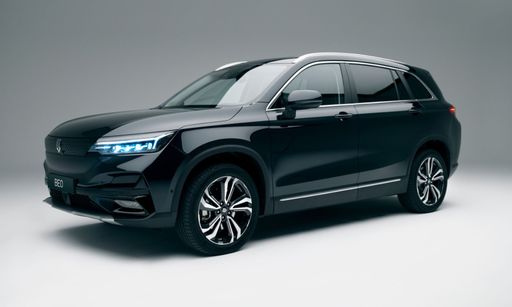 @ Elaris
@ Elaris
Dacia Bigster
The Bigster is poised to redefine the SUV segment with its bold design and spacious interior, catering to the needs of both families and adventure seekers alike. Emphasizing sustainability and practicality, this model reflects a modern approach to automotive engineering, making it a compelling choice for environmentally conscious drivers. With its striking presence on the road, the Bigster not only captures attention but also embodies a new era of versatile mobility.
details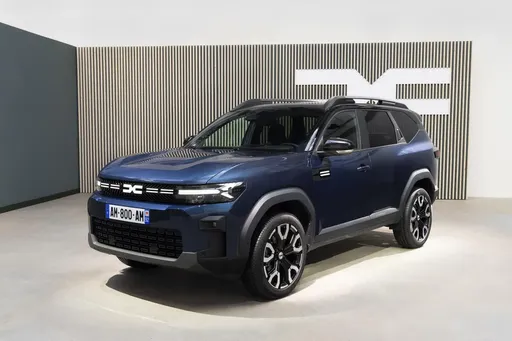 @ media.renault.at
@ media.renault.at
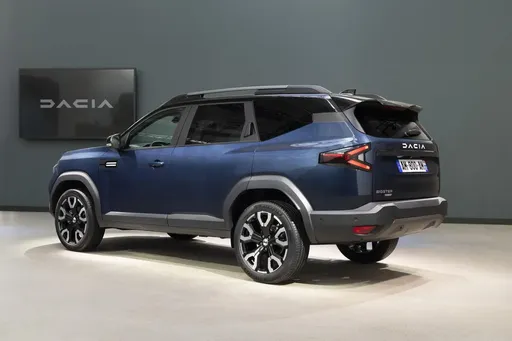 @ media.renault.at
@ media.renault.at
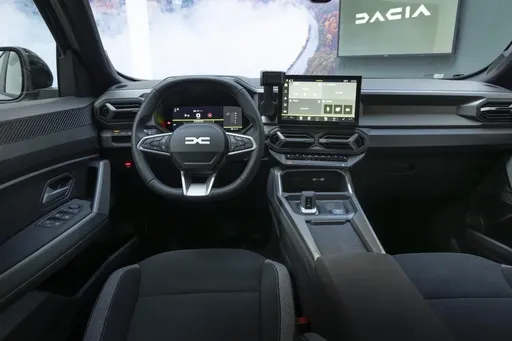 @ media.renault.at
@ media.renault.at
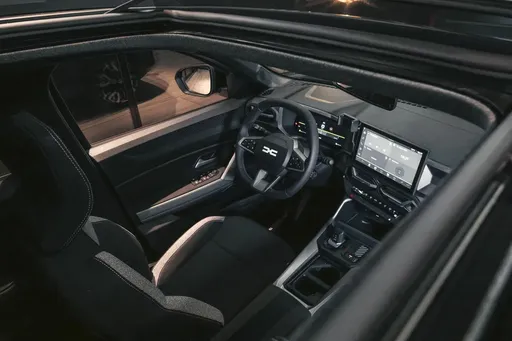 @ media.renault.at
@ media.renault.at
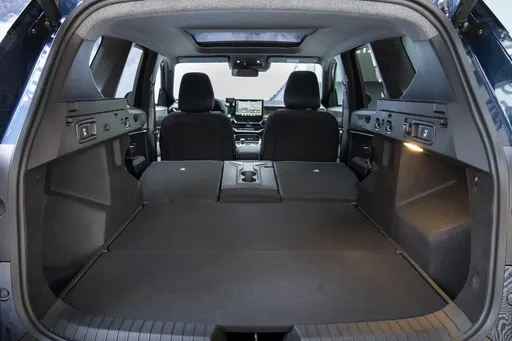 @ media.renault.at
@ media.renault.at

|

|
|
|
|
Costs and Consumption |
|
|---|---|
|
Price
-
|
Price
20600 - 26600 £
|
|
Consumption L/100km
-
|
Consumption L/100km
4.7 - 7.1 L
|
|
Consumption kWh/100km
-
|
Consumption kWh/100km
-
|
|
Electric Range
-
|
Electric Range
-
|
|
Battery Capacity
-
|
Battery Capacity
-
|
|
co2
-
|
co2
106 - 137 g/km
|
|
Fuel tank capacity
-
|
Fuel tank capacity
50 - 55 L
|
Dimensions and Body |
|
|---|---|
|
Body Type
-
|
Body Type
SUV
|
|
Seats
-
|
Seats
5
|
|
Doors
-
|
Doors
5
|
|
Curb weight
-
|
Curb weight
1425 - 1547 kg
|
|
Trunk capacity
-
|
Trunk capacity
510 - 667 L
|
|
Length
-
|
Length
4570 mm
|
|
Width
-
|
Width
1813 mm
|
|
Height
-
|
Height
1705 mm
|
|
Payload
-
|
Payload
383 - 467 kg
|
Engine and Performance |
|
|---|---|
|
Engine Type
-
|
Engine Type
Petrol MHEV, Full Hybrid, LPG
|
|
Transmission
-
|
Transmission
Manuel, Automatic
|
|
Transmission Detail
-
|
Transmission Detail
Manual Gearbox, Automated Manual
|
|
Drive Type
-
|
Drive Type
All-Wheel Drive, Front-Wheel Drive
|
|
Power HP
-
|
Power HP
130 - 155 HP
|
|
Acceleration 0-100km/h
-
|
Acceleration 0-100km/h
9.7 - 11.2 s
|
|
Max Speed
-
|
Max Speed
180 km/h
|
|
Torque
-
|
Torque
230 Nm
|
|
Number of Cylinders
-
|
Number of Cylinders
3 - 4
|
|
Power kW
-
|
Power kW
96 - 115 kW
|
|
Engine capacity
-
|
Engine capacity
1199 - 1799 cm3
|
General |
|
|---|---|
|
Model Year
-
|
Model Year
2025
|
|
CO2 Efficiency Class
-
|
CO2 Efficiency Class
E, D, C
|
|
Brand
-
|
Brand
Dacia
|
Elaris Beo
The Elaris Beo: A Fresh Take on Urban Mobility
In the ever-evolving world of electric vehicles, the Elaris Beo has quickly carved out a niche for itself as a standout model. This compact electric car is designed to cater to the modern urban commuter, combining innovative technology with practical performance, making it an attractive choice for those looking to navigate the challenges of city life sustainably.
Technical Specifications That Impress
At the heart of the Elaris Beo is its impressive battery technology, which boasts a capacity of up to 32 kWh. This allows for a range of approximately 200 miles on a single charge, making it ideal for daily commutes and short trips around the city. Coupled with an efficient electric motor, the Beo delivers a smooth and responsive driving experience, with up to 100 horsepower, allowing it to accelerate from 0 to 60 mph in just above 8 seconds.
One of the most notable features of the Beo is its lightweight design. Weighing in at just under 1,200 kg, the vehicle’s body is made from high-strength materials that provide durability without compromising efficiency. This focus on weight reduction translates into better handling and energy consumption—two critical factors for urban driving.
Cutting-Edge Innovations in Connectivity
The Elaris Beo embraces the trends of the digital age with its state-of-the-art infotainment system. The vehicle is equipped with a 10-inch touchscreen display that supports both Apple CarPlay and Android Auto, enabling easy access to navigation, music, and communication apps seamlessly from your smartphone. Additionally, the Beo features an over-the-air update capability, ensuring that your software remains current without the need for a dealership visit.
For added safety and convenience, the vehicle is designed with an array of advanced driver-assistance systems (ADAS). Features such as automated emergency braking, lane-keeping assist, and adaptive cruise control work together to provide drivers with peace of mind in various driving conditions. These innovations represent a significant step forward in making urban driving safer and more enjoyable.
Eco-Friendly and Economical
The Elaris Beo is not just about technology and performance; it also emphasizes sustainability. As an electric vehicle, it produces zero tailpipe emissions, aligning perfectly with increasingly strict environmental regulations and the rising consciousness around climate change. The cost of ownership is also favorable, with low charging costs and reduced maintenance expenses compared to conventional internal combustion engine vehicles.
Moreover, Elaris offers incentives for early adopters, including potential tax rebates and grants that make the initial investment in the Beo even more attractive.
The Verdict: Is the Elaris Beo Right for You?
With its blend of practicality, advanced technology, and eco-friendly credentials, the Elaris Beo presents a compelling option for those looking to embrace electric mobility. Its thoughtful design caters to the needs of urban dwellers who seek an affordable and environmentally responsible mode of transport.
As cities become busier and the push towards sustainable transport continues to grow, the Elaris Beo is positioned to play a vital role in shaping the future of urban commuting. For anyone considering a shift to electric, this innovative vehicle deserves a spot at the top of their list.
Dacia Bigster
Introducing the Dacia Bigster: A Game Changer in the SUV Market
The Dacia Bigster is poised to redefine the landscape of compact SUVs with its striking design, innovative technologies, and a variety of powertrains that cater to a broad range of consumers. As the automotive world continues to shift towards sustainability without compromising performance, the Bigster stands out with its thoughtful engineering and modern features.
Striking Design and Practicality
From the moment you lay eyes on the Bigster, you can see that it was designed with purpose. Its robust silhouette, bold front fascia, and wide stance convey a sense of strength and stability. With dimensions of 4570 mm in length, 1813 mm in width, and standing 1705 mm tall, the Bigster offers a spacious cabin that comfortably accommodates five passengers. Coupled with a trunk capacity ranging from 546 to 667 liters, this SUV is as practical as it is stylish, making it perfect for both city driving and outdoor adventures.
Powerful and Efficient Engines
The Dacia Bigster offers a range of engine options designed to meet diverse consumer needs. The line-up includes two petrol MHEV variants: the TCe 130 and TCe 140, both available in front-wheel drive and all-wheel drive configurations. These engines not only deliver robust performance, with outputs between 130 and 140 HP, but also prioritize fuel efficiency, achieving consumption figures as low as 5.5 liters per 100 kilometers.
For those seeking an eco-friendlier option, the Bigster also features a Full Hybrid variant, the Hybrid 155, which offers an impressive 155 HP with a fuel efficiency rating of just 4.7 L/100 km. Additionally, the ECO-G 140 LPG variant allows for even more cost-effective driving without sacrificing power, catering especially to environmentally conscious consumers.
Innovative Technology Enhancements
The Dacia Bigster is equipped with an array of advanced technological features aimed at enhancing the driving experience. Its comprehensive infotainment system integrates a user-friendly interface with smartphone connectivity, ensuring that drivers can stay connected while on the road. Safety has also been prioritized, with features such as advanced driver assistance systems designed to keep both the driver and passengers secure.
Performance Meets Efficiency
Performance is a central theme in the Bigster's engineering. The SUV boasts a range of acceleration times, with the TCe 130 reaching 0-100 km/h in approximately 11.2 seconds and the TCe 140 doing so in a swift 9.8 seconds. The Hybrid model enhances this performance even further, offering a 0-100 km/h time of just 9.7 seconds. With a maximum speed of 180 km/h, the Bigster is not only capable but also thrilling to drive.
Comfort and Versatility
Inside, the Dacia Bigster emphasizes comfort and versatility with a roomy cabin that features high-quality materials and modern finishes. The SUV is designed with adjustable seating configurations and ample legroom, making it ideal for both daily commutes and longer journeys. It's also worth mentioning that the vehicle's curb weights range from 1425 kg to 1503 kg, optimized for performance and efficiency.
Conclusion: The Future of Driving with Dacia Bigster
The Dacia Bigster is more than just a new SUV; it represents a significant step forward in blending efficiency, performance, and practicality in an ever-evolving automotive landscape. With various engine options, advanced features, and a commitment to sustainability, it is clear that the Bigster is designed to meet the demands of modern drivers while appealing to a wide audience. Whether you are looking for a reliable city cruiser or a capable outdoor companion, the Dacia Bigster is set to deliver on all fronts.
Which drive types are available for the Dacia Bigster?
Available as All-Wheel Drive or Front-Wheel Drive.
The prices and data displayed are estimates based on German list prices and may vary by country. This information is not legally binding.
